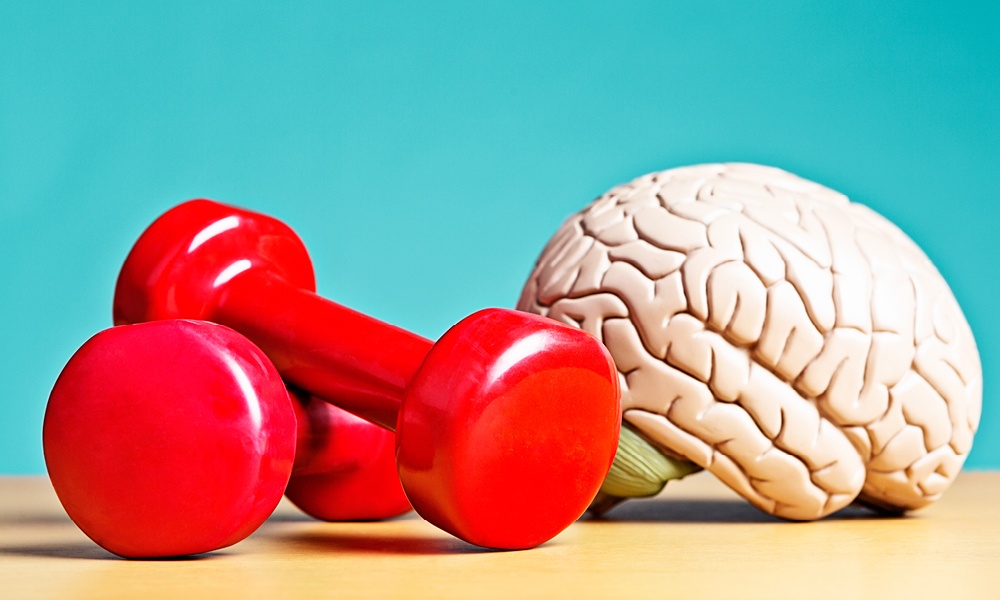There are a range of individual warning signs which signal to us that we may be drifting towards the “red danger zone” of poor mental health. These signs can either be physical, cognitive, emotional or behavioural, and are experienced in different combinations and intensity by people.
Regularly practising mindfulness techniques can sharpen awareness for our internal processes, physical sensations and external surroundings including early recognition of threats to our wellbeing. What is mindfulness? In the words of Jon Kabat-Zinn, the “father” of modern secular mindfulness,1 mindfulness is awareness that arises through paying attention, on purpose, in the present moment, non-judgementally. This makes it the opposite of running on auto-pilot and habitually reacting to events without being really present or in control.
Mindfulness is based on acceptance of everything you observe, letting go of the belief that there’s a “right” or “wrong” / “good” or “bad” way of thinking or feeling in a given moment. It also anchors us in the present moment and prevents us from excessively ruminating about the past or worrying about the future – two thinking styles which have been shown to contribute to depression and anxiety in various studies.2
There are many ways to practise mindfulness, for example:
- Mindful breathing: pay close attention to your breathing, especially when you’re feeling stressed or upset. Slow, deep breaths will calm your nervous system and increase clarity of thought.
- Mindful moment throughout your day: have short pauses at regular intervals throughout the day to reset your focus and sense of purpose. You may find it helpful to set yourself regular reminders (e.g. on your phone) to prompt you to check in with yourself and re-focus your attention.
- Journaling: reflecting on your thoughts, feelings and behaviour can help you analyse, structure, and give meaning to your experiences. By putting your inner experiences into words, you may explore your core values and how they align to your current decision-making, identify your goals and ways to achieve them, or become aware of recurring behaviour and thinking patterns that may or may not be helpful.
- Body scans: bring your focussed attention to different parts of your body in turn, from head to toe on both sides of your body. Look for any aches and tension and see if you can relax these body parts. You can do this lying down or sitting up, with your eyes closed or gaze out of focus to help you focus on yourself.
- Mindful eating: eat slowly, purposefully, and use all your senses while savouring your food. It is the perfect antidote to gobbling down lunch in a rush and then wondering two minutes later where it all went and how it actually tasted, and also encourages healthier eating habits.
Rebecca Niebler is QLS’ Organisational Culture and Support Officer, QLS Solicitor Support (QLS Ethics and Practice Centre)
5 December 2019
[1] https://www.mindful.org/jon-kabat-zinn-defining-mindfulness/.
[2] https://link.springer.com/article/10.1007/s10608-006-9026-9.












Share this article